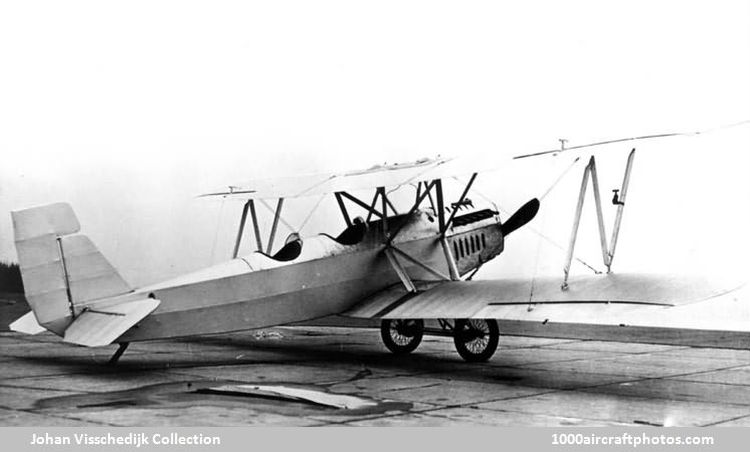06/30/2010. Remarks by Johan Visschedijk: "In July 1926, the DLV organized the Deutscher Seeflug Wettbewerb (German seaplane competition) at Rostock-Warnemünde.
Beside two H.E.5 (H.E.= Heinkel Eindecker, Heinkel monoplane) aircraft, registered D-937 and D-938, Ernst Heinkel of the Heinkel Flugzeugwerke at Rostock-Marienehe also entered two H.D.24 (H.D.= Heinkel Doppeldecker, Heinkel biplane) aircraft, registered D-934 and D-935. The H.E.5 D-937, flown by Wolfgang von Gronau, won the contest, while the H.D.24 D-935, flown by Karl Spies, placed third.
Designed primarily as a trainer, the two-seat H.D.24 was of typical Heinkel design with single-bay N-strutted staggered wings of equal span and chord. As usual the single-step wooden floats, that were keeled at the rear, could be replaced by a conventional landing gear or skis. Various types of liquid-cooled engines could be used like the BMW IV, BMW Va, and Junkers L 5.
The success of the contest and further improvements, like increased wing dihedral, wider floats and larger fuel capacity, initiated orders from the DVS for 23 aircraft, and from the MFV (Marinens Flygväsende, Navy Air Force) of Sweden for eight.
Heinkel produced two aircraft fitted with an 180 hp Mercedes engine that were flown to Sweden in November 1926. They served as pattern aircraft for another four produced by the Svenska Aero AB, the Swedish subsidiary of Heinkel. The six aircraft were taken on strength by the newly formed Flygvapnet (Air Force, taken over Swedish naval aviation) in 1927, designated Sk 4. In 1928 two Sk 4A aircraft, fitted with a 280 hp Junkers L5 engine, were delivered, the previous six were fitted with the same engine and also designated Sk 4A.
Finally, in 1931-1933 five surviving aircraft were re-engined with the 240 hp Armstrong Siddeley Puma engine, being redesignated Sk 4B. The Sk 4s serviced only with F 2 at Hägernäs, apart from s/n 202 which served briefly with F 4 at Frösön, and which was also the last Sk 4 withdrawn from use on September 8, 1939, after logging 622 flight hours.
One example was exported to China and one example was used by the German aviator Günther Plüschow on several aerial expeditions over Patagonia, Argentina, the first in 1927-1928. It was registered D-1313 and named Tsingtau, after a German colony in China, where Plüschow served as a pilot. Flying over the province of Santa Cruz on January 28, 1931, Plüschow and his engineer Ernst Dreblow crashed into Lago Rico, and both were killed."
